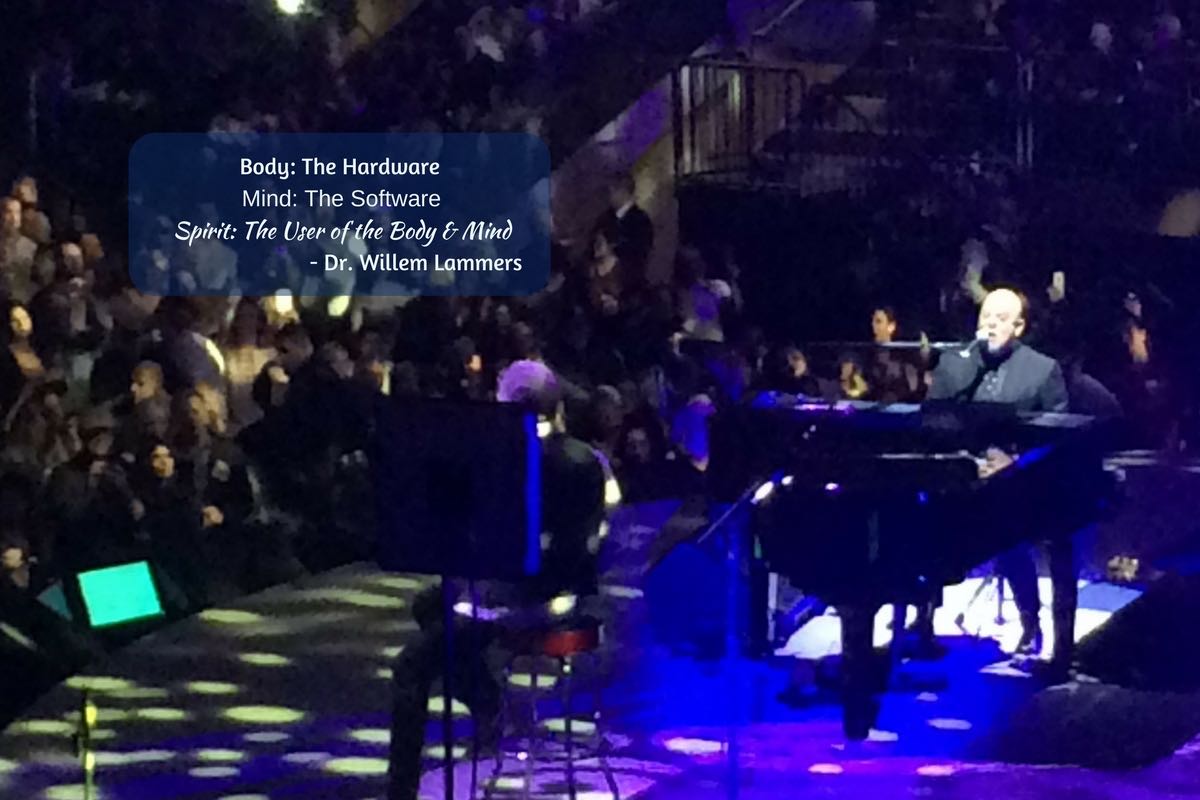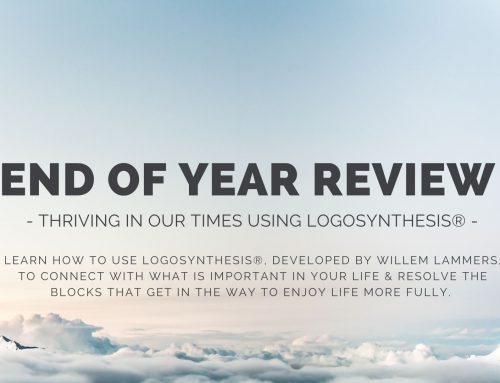Alzheimer’s Disease: Body, Mind, Spirit.
Cathy Caswell • November 20, 2017
Alzheimer’s Disease involves more than body and mind. Bill Gates’ article, Why I’m Digging Deep Into Alzheimer’s (13 November 2017), reminded me of Dr. Willem Lammers’ reference to our human nature as a computer:
Our body is the hardware, our mind is the software and
our Essence or spirit is the user of the hardware and software.
As we look at to explore solutions for Alzheimer’s Disease, I believe it is essential to hold this perspective in the forefront. I share a picture of Billy Joel’s concert in Madison Square Gardens this past weekend, which also reminded me that we are more than a body and a mind. The energy in his voice, in his music and in the audience was amazing as he shared songs which we all knew well.
Why is ‘spirit’ important in Alzheimer’s research?
When we introduce spirit, we introduce compassion. Life happens. Our body may wear down, our mind may short circuit but our spirit remains unchanged. As beautifully explained in the philosophy of Logosynthesis, our Essence does not suffer. The user of our body and mind is still very much alive. Over the course of a lifetime, events may freeze our energy so that we are no longer aware of our life purpose but we can reconnect using the power of words.
By recognizing the power of our spirit and the power of words, Logosynthesis offers a beautiful philosophy and method to approach Alzheimer’s Disease.
A Focus on The User.
From a computer operating perspective, we begin with the user and the goal. In this case, we embrace our Essence and our life purpose. Over the course of a lifetime, the hardware (our body) wears down and the software (our mind) begins to short circuit but the user (our spirit) continues to operate according to the goals (our purpose).
By the time we reach old age, we have many life events that are imprinted in our personal space. Our memories, our beliefs and our fantasies are carried with us over the years. We react to these triggers.
If we stop and listen to a person with Alzheimer’s Disease, we can sense their deep concerns:
- ‘I am terrified of the word Alzheimer’s because I have images of what is coming’.
- ‘Not being able to find the right words is so frustrating’.
- ‘I am worried about the burden I am going to place on my family’.
With these and other emotions charging through their system on a continual basis, it provides a clue as to how the disease progresses. These emotions start to cause short circuits. The repetitive reactions start to cause a disconnection from their surroundings, their activities and their purpose.
Logosynthesis as a Tool.
Logosynthesis is a guided process that uses the power of words to effectively release the energy in these imprints and provide relief. The challenge is that if we wait until old age to begin to release the triggers, we may have so many imprints that it is difficult to release it all of the frozen energy. If begin to apply Logosynthesis at a young age, perhaps we can release the energy bound in the imprints of life’s events as they occur. Thus, by the time we reach old age, our body, our mind and our spirit may remain very much alive.





